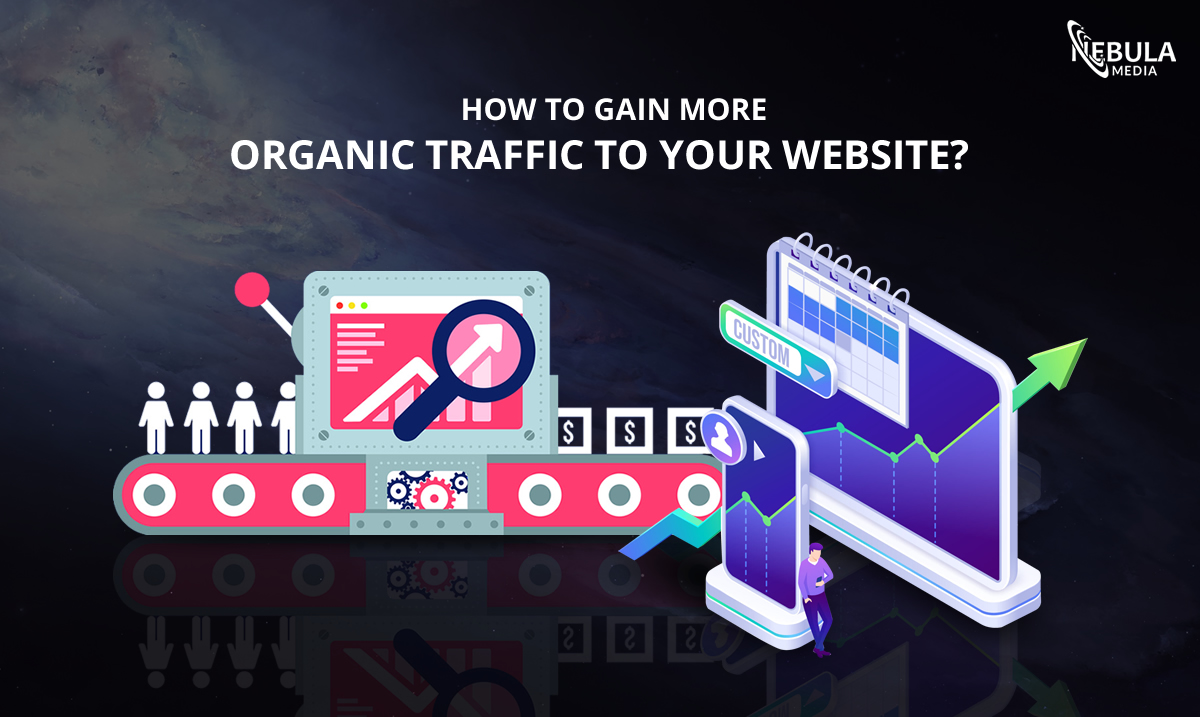How to gain more organic traffic to your website?
What is an SEO strategy?
SEO strategy is an approach to generate more organic traffic to your site. The two most important things for SEO strategy is a goal and a step-by-step plan to achieve it. An SEO strategist must plan for long-term profit. One must have a vision of steps that can be both measured and flexible. Flexibility is the only tool that sets apart SEO strategy from SEO technique.
Step 1: keyword research
Keywords can make or break your ranking. The incorporation of well-researched keywords can make it easy for customers to access your website and engage. You might begin by analysing the websites of your rivals and evaluating the keywords they now rank for. This will help you understand which keywords are relevant in your field and exactly what it requires to score for those.
Step 2: Select topics and plan content
Rather than attempting to rank for every single keyword, arrange the keywords topically and explore the core issue as thoroughly as feasible. Insightful keywords are widely available for you to select. They may not generate direct sales, however, they provide some substantial benefits:
- Branding yourself as an authority
- Gaining brand confidence and recognition.
- Boost overall traffic to your website.
- Maintain consistency.
Step 3: Publish the best content
Factors that are important for the best content
- Extensive coverage of the subject
- Captivating the search intent of the user
- Adding value to readers user experience
- English language proficiency
Furthermore, the depth and well-researched articles will most likely garner more hyperlinks and social media interactions that organically contribute to higher ranks.
Step 4: On-page optimization
First and foremost, you must:
- Use JPEG for pictures and PNG for images with text or detailed illustrations.
- Use photos that are no larger than your article width.
- Your sites should be closely connected to one another so users can effortlessly browse your website.
- Use structure links for the page, such as the menu and breadcrumbs.
- Contextual links are manual links to appropriate information from inside the text.
Step 5: Quality backlinks
- Reach out to your current partners
- Use search keywords to identify related websites that welcome guest posts.
- Examine current listings of websites that welcome guest posts.
- Keep track of your profession’s keywords
Step 6: Keep track of your progress
Monitoring the outcomes to determine what works and what does not is an essential component of any SEO plan. If you’re just getting started with a website, these two basic tools will suffice:
1. Google Analytics
Google offers a free service that provides you with an overview of your traffic. How many people visit your website, where do they come from, what pages do they look at, and how long do they stay?
2. Google Search Console
- Search Console is a set of widgets that displays your website’s ranking on Google.
- performance on Google.
- Progress report
- Keywords coverage
- sitemaps
- Optimization review
Top ranking keywords
Conclusion
The brilliance of this SEO technique is in its flexibility. You can measure it as long as you can come up with new themes for your content.
It is advisable to check over your strategy on a frequent basis and look for:
- Fresh content ideas
- New connectivity opportunities
- Ways to enhance your current content
You’ll see benefits if you can consistently provide unique, quality material. Simply be patient, prioritise quality over quantity, and remember that SEO is a long run profit and not instant win.
To generate more traffic to your website, reach out to us at 0800 118 2788.


